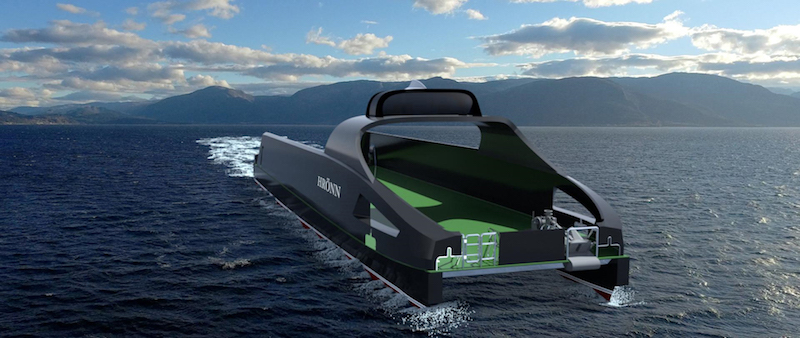In recent years, the oil and gas industry has changed rapidly in response to low oil prices. Among the most significant changes is a move toward using automation and artificial intelligence (AI) in operations that should significantly lower costs.
It has worked onshore in the Middle East and in places like the Permian Basin, where, with evolving technology, much of it related to automation and AI, production has climbed to over three million barrels of oil per day. This progress is about to move into the workboat sector where the same technologies used in driverless cars are set to transform the shipping industry. “The world may be focused on self-driving cars, but the autonomous revolution won’t be limited to roads and highways,” Joseph Bennington-Castro wrote on NBC News MACH last year.
Ship crews will change along with the vessels. Crews will be largely unneeded on most vessels. Captains will still have a job to do, but they’ll monitor multiple autonomous ships from shore rather than a single ship at sea.
“The roles are changing, but we will be providing an opportunity to be a seafarer with better working conditions and safer environments,” said Oskar Levander, a vice-president in the marine division of Rolls-Royce. The first benefit will be a reduction in accidents and deaths due, in large part, to fatigue.
In addition to saving lives, autonomous ships will cut costs. Levander estimates that a fully autonomous ship might cost 20% less to operate than a conventionally crewed ship. Without the need for crew quarters, a large bridge, lifeboats, and other features, ships can be lighter, more compact and less expensive to operate. Rolls-Royce is developing autonomous systems that can work at sea for weeks at a time without human intervention, Levander said, adding that the required sensor, navigation, and communication technologies already exist.
Autonomous technology will be available for vessels ranging from large, oceangoing ships to tugs. The cost savings should be substantial. With the current, low day rates, the benefits could be big for the workboat industry. Look for implementation to be well underway by 2020 to 2022.





